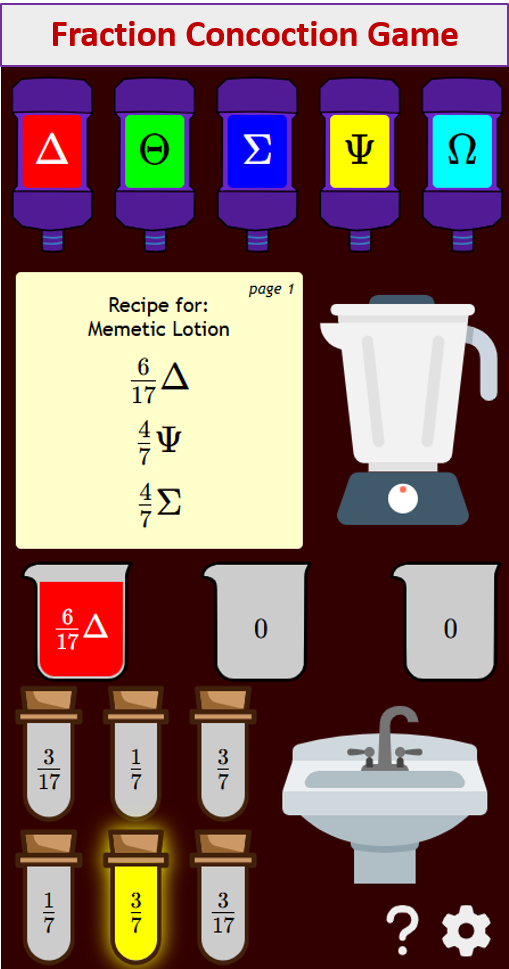AP Calculus BC 2008 Questions And Answers
Questions And Worked Solutions For AP Calculus BC 2008
AP Calculus BC 2008 Free Response Questions - Complete Paper (pdf)
AP Calculus BC 2008 Free Response Questions - Scoring Guide (pdf)
- Let R be the region bounded by the graphs of y x = sin(πx) and y = x3 - 4x, as shown in the figure
above.
(a) Find the area of R.
(b) The horizontal line y = −2 splits the region R into two parts. Write, but do not evaluate, an integral expression for the area of the part of R that is below this horizontal line.
(c) The region R is the base of a solid. For this solid, each cross section perpendicular to the x-axis is a square. Find the volume of this solid.
(d) The region R models the surface of a small pond. At all points in R at a distance x from the y-axis, the depth of the water is given by h(x) = 3 - x . Find the volume of water in the pond. - Concert tickets went on sale at noon (t = 0) and were sold out within 9 hours. The number of people waiting
in line to purchase tickets at time t is modeled by a twice-differentiable function L for 0 ≤ t ≤ 9.
Values of L(t) at various times t are shown in the table above.
- Let h be a function having derivatives of all orders for x > 0. Selected values of h and its first four derivatives are indicated in the table above. The function h and these four derivatives are increasing on the interval 1 ≤ x ≤ 3. (a) Write the first-degree Taylor polynomial for h about x = 2 and use it to approximate h(1.9) . Is this approximation greater than or less than h(1.9) ? Explain your reasoning.
- A particle moves along the x-axis so that its velocity at time t, for 0 ≤ t ≤ 6 is given by a differentiable function v whose graph is shown above. The velocity is 0 at t = 0, t = 3, and t = 5, and the graph has horizontal tangents at t = 1 and t = 4. The areas of the regions bounded by the t-axis and the graph of v on the intervals [0,3], [3,5] and [5.6] are 8, 3, and 2, respectively. At time t 0, the particle is at x = -2.
- The derivative of a function f is given by
- Consider the logistic differential equation
Try out our new and fun Fraction Concoction Game.
Add and subtract fractions to make exciting fraction concoctions following a recipe. There are four levels of difficulty: Easy, medium, hard and insane. Practice the basics of fraction addition and subtraction or challenge yourself with the insane level.

We welcome your feedback, comments and questions about this site or page. Please submit your feedback or enquiries via our Feedback page.